One look at the spring weather patterns in critical growing areas should be enough to make anyone realize that food shortages are on the way.
No matter how much food may be in cold storage or other kinds of warehouses throughout the nation, the fact remains those supplies will go down quickly as millions of people consume them and as shelf life reaches its endpoint. If you do not have a garden focused on sustainable food security, you may find that no amount of money can purchase foods that are simply no longer available.
Here are 9 essential plants for food security that you can grow in a home garden. Most can be grown indoors, in containers, or in other relatively small areas if you make a few adaptions to the growing environment.
Quinoa
Up until just a few years ago, relatively few people in the United States knew about Quinoa. Nevertheless, it has been cultivated by humans for over 5,000 years. Even though it was originally domesticated for use in feeding livestock, it became a staple of human diets around 3,000 years ago in Peru and Bolivia.
Value in a Survival Garden
Quinoa and soy are the only two plants that contain all 9 amino acids that are essential to humans. Quinoa is easier to grow and also produces a better yield per plant than soy. You may also find it much easier to obtain heirloom quinoa seeds. Unfortunately, well over 90% of all soy grown in the United States is GMO; which makes it very hard to find a seed that can be used in a viable survival garden. Never forget that survival gardening is as much about producing successive viable generations of plants as much as it is about producing a current crop of food. As a result, GMO and/or hybrid seeds will not work for your garden.
How to Grow Indoors
Since quinoa plants can grow up to 7 feet tall and take 90 – 120 days to produce seeds, they will need fairly large containers. While many people say you cannot grow this plant indoors, it does not hurt to give it a try. This plant is naturally disease resistant and tends to be very hearty as long as it has full sunlight and well-drained soil. Unfortunately, quinoa plants can easily be damaged by mold and mildew. Make sure the plants have good aeration around the leaves and at the soil level.
If you decide to grow quinoa outdoors, bear in mind that it is actually related to spinach plants, and will draw pests that tend to attack plants in this particular family. Unlike other plants in the spinach family, however, quinoa seeds are coated with saponins that make them very bitter and unpalatable to insects. This will also deter birds and other pests that would normally consume seeds produced by grain plants.

Ways to Use Quinoa
Regardless of the color of quinoa seeds (ranging from black, white, red, purple, and green), they can be ground up like flour, or consumed in a more whole state. You can easily substitute Quinoa for rice as well as any other grain on your menu. Regardless of how you plan to consume the seeds, they must be washed thoroughly in order to remove the saponin coating. While the saponins can cause digestive, respiratory, and eye irritation, you can still use them for making detergents and treating skin wounds.
Since quinoa produces a large amount of seeds, it is a good plant to explore for use as a microgreen. All you have to do is let the seeds germinate in water for 2 – 3 days in order to increase their nutritional value and make them more palatable. As with other plants consumed as sprouts, the nutritional value of quinoa sprouts is many times greater than what you get from consuming a mature plant. Nutritionally, quinoa sprouts are similar to spinach, and may not contain all 9 essential amino acids.
Chickpeas
Chickpea, or garbanzo beans, originated in the Middle East and has been grown by humans for over 7500 years. This legume is popular throughout the world and can easily be purchased as dried beans as well as in cans.
Value in a Survival Garden
Chickpeas are a vital source of protein, fiber, iron, and phosphate, calcium, magnesium, and other vitamins. Since they are legumes, chickpea plants will fix nitrogen into the soil and act as a conditioner. They are an ideal plant in any garden both for the seeds they produce as well the compost you can make from the plant after it is done growing.
How to Grow Indoors
If there is one bean plant that will grow well indoors, rest assured chickpeas will fit perfectly in just about any growing space. Just use pots that are about 8 inches deep, and try to keep the pots several inches apart. These plants only grow about 18 inches tall and do well in temperatures ranging from 70 – 80 degrees F. Even though chickpeas do need full sunlight, you can provide that using full spectrum grow lights.
Ways to Use
There are truly endless ways to use chickpeas and even the water that you use to boil the seeds. Have a look at some common ways people have used chickpeas as well as some newer ones:
- Chickpeas can be dehydrated and ground up to make a very fine flour that absorbs water well. When grinding dried chickpeas, you will either need a heavy-duty blender or a hand-driven coffee grinder. While some motorized coffee grinders can grind up nuts, they may not be able to grind up enough chickpeas for your needs without damaging the machine. Likewise, most food processors with larger bowls will be unable to cut the chickpeas up, and will simply throw them out of the way. If you put too many chickpeas in the food processor at once, it will put a strain on the motor.
- The easier way to use chickpeas is to boil them. You can use them in soups and stews, or mash them up and mix them with various seasonings.
- Never throw away the water that you use for boiling chickpeas. This liquid or “aquafaba” is full of non-digestible sugars, saponins, and other molecules that leach out of the chickpeas. Interestingly enough, these molecules create a substance that is very similar to egg whites. You can use 3 tablespoons of chickpea liquid as a substitute for 1 large egg in baking everything from cakes to meringues. If you mix together aquafaba with cream of tartar or lemon juice, it will produce a foam similar to what you need for making meringues. While aquafaba will not act as a leavening agent, you can still use it is an emulsifier in cakes and other foods that require egg whites. Just remember to add 1 tsp of baking powder for every egg that you leave out of the recipe if eggs are one of the leavening agents used in it. Aside from that, aquafaba whisked into a foam can also be used as a substitute for cream and frosting. You can also use aquafaba to make ice cream, pudding, and custard. Even though it has no nutritional value, you can incorporate other ingredients that do in order to create something tasty in a time of need.
Black Oil Sunflower Seeds
Sunflowers were domesticated in North America around 5000 years ago. European explorers then brought sunflowers back to their home countries, and the plants became popular for both food and ornamental purposes. Today, sunflowers occupy a key part of food niches throughout the world and are also used for many other purposes.
Value in a Survival Garden
If you do even a minimal amount of cooking, chances are you use some kind of oil for frying, baking, or roasting.
Unfortunately, the vegetable oil you are accustomed to will be very hard to make in a time of food scarcity. While you may think that you can simply hunt animals and use their fat, the fact is wild animals are coming down with a number of diseases that are decimating their numbers.
As a case in point, consider Chronic Wasting Disease (CWD) in deer, moose, and elk. While this prion based disease did not reach wild deer populations until 1981, it spread quickly from its origin point in Colorado in the 1990s. Today, deer, moose, and elk herds in 24 states are infected with this disease, as well as herds in foreign countries. Unfortunately, this fatal disease may take years to become detectable, just as it does for Mad Cow Disease in cattle. Right now, it is estimated that this fatal (to the animals) disease may already be infecting as much as 10% of the wild deer population. While there is no evidence yet that the disease transmits to humans, it can still cause a very sudden and rapid decline in deer during a time when you were thinking to hunt them for food.
In the absence of animal fats, having a viable source of cooking oil is very important. Black oil sunflower seeds produce the highest yield of oil per seed when compared to more conventional striped sunflower seeds. As an added bonus, the black oil sunflower seeds still have a rich nutritional profile that makes them a good addition to any diet.
How to Grow Indoors
Since black oil sunflower plants grow approximately 5 feet tall, they will need fairly deep and large buckets. As with other sunflower strains, these plants will also require at least 6 hours of full sun per day. They will do well in most soil types, however, it is important not to let them dry out. While sunflower plants will revive if the leaves droop from lack of water, this will also stunt their growth. Therefore, if you use water restriction as a means to control diseases in an indoor growing environment, you may need to modify your methods for use with sunflower plants. Use fans or other means of improving airflow in rooms with limited space.
When choosing soil for growing edible sunflowers, it is important to make sure that the soil is free of heavy metals like lead and arsenic, as well as radioactive materials. Today, sunflowers are a leading plant used to pull radioactive waste and heavy metals from contaminated soil. Using sunflowers grown in contaminated soil would more than likely expose you to these contaminants. This is one reason, among many, to avoid commercial sunflower products and seek to grow your own instead.
Ways to Use
As with chickpeas, sunflower leaves, roots, and stalks make an excellent source of compost. You can also let the stalks dry out to form stakes that can be used to prop up plants. There are many ways to use every part of the sunflower plant, including making paper, fabric, and other household items.
After removing the seed hull, you can roast the seeds, grind them up to use as a flour additive, or add them to bread dough much as you would caraway seeds. The most important use of this type of sunflower is for making oil. Depending on how you process the oil, you can use it for cooking as well as for diluting essential oils for medicinal use.
In order to use black sunflower seeds for oil, you will need to boil them, and then extract the oil using an oil press. While a manual press takes a bit more work, it will never need electricity. During times of severe social upheaval or collapse, devices that do not require electricity will be well worth having on hand! Depending on how many sunflower plants you grow at one time, you may need to store away the boiled sunflower until you are ready to extract the oil from it. You will get the best shelf life from storing away the boiled seeds in the freezer.
Dwarf Orange/ Lemon or Other Citrus Tree
As with many other plants that are vital to a survival garden, humans began cultivating and spreading citrus from their origins in the southeastern Himalayas over 5000 years ago. Citrus trees grew, and continue to grow well in the Mediterranean, as well as in the Middle East, Polynesia, and other subtropical areas of the world. Today, dwarf varieties make it possible to grow citrus trees even in the northeastern United States. As long as the trees have shelter during the winter months, they will grow well year after year and produce a good amount of fruit.
Value in a Survival Garden
Having a secure food supply isn’t just about nutrients and being able to prepare the foods. It is also about making sure that your food supply is safe and clean. In this case, few other plants offer as many wide-ranging applications as citrus trees. Aside from carrying a number of important nutrients and flavoring aides, you can use parts of lemons and other fruits as a cleaner that will cut through grease and grime. While lemons and other citrus fruits cannot act as effective antibacterials, they can still play an important role in keeping the kitchen and food-related gear clean.
How to Grow Indoors
Dwarf citrus trees reach between 8 and 10 feet tall. If you purchase a tree that is already established, it will bear fruit in about 3 years. You will need a tub about 2 feet across by 2 feet deep for a mature dwarf citrus tree. Training the tree’s branches into a hedgerow during the early years of development will make it easier to harvest the fruit as well as accommodate smaller rooms with lower ceilings. Even though citrus trees can live for years indoors, you will need to report them approximately every 5 years. During this process, you will need to take your time and make sure you disrupt the plant as little as possible. Practice repotting larger sized plants before you try working with a citrus tree.
Ways to Use
Regardless of whether you choose limes, lemons, or oranges, there are many ways to use the fruit in your diet. This includes candying the peels and fruit as well as consuming the fruits raw. You can also make essential oils from citrus fruits that can be used to manage a number of ailments.
Broadleaf Plantain
This common lawn and yard perennial weed originated in Europe and has also been in use for thousands of years. It grows well in just about any kind of soil, including soil that has been worn out or damaged by various industrial activities. The plant itself tends to grow less than 8” tall and will do well in containers. While it is usually not considered a food staple in the United States, it is commonly grown and used as such in European nations.
Value in a Survival Garden
Plants that will go in a survival garden need to be diverse in terms of the number of digestible nutrients that they provide as well as ease of growing. Even though spinach offers more calcium than a cup of milk, you may have a hard time growing it in warmer temperatures. On the other hand, broadleaf plantain is also very rich in digestible calcium and is very easy to grow throughout the summer months. Broadleaf Plantain also contains as much digestible Vitamin A as carrots. Therefore, if you do not have very deep containers to grow carrots in, plantain will help you obtain two vital nutrients in the same plant.
If you are recycling soil indoors, plantain is also very useful for conditioning and rebuilding the soil. It helps to relieve compaction and can act as an excellent source of compost and mulch.
How to Grow Indoors
No matter how bad you may be at keeping plants alive, chances are you can grow broadleaf plantain. It will do well in poor soil as well as in shady or sunny locations. This plant can also withstand a wide range of moisture levels in the soil. To keep the plant growing, just remove the seed stalks so that the plant continues to make leaves. Although broadleaf plantain is an annual, you can easily keep the plants going for months or years. When picking the leaves, choose the younger, smaller ones, as they taste better. Do not forget to leave enough leaves so that the plant can continue to grow and remain healthy.
Ways to Use
Broadleaf plantain has value as a medicine, as well as for food purposes. Here are some ways to use broadleaf plantain:
- Historically, young leaves were used in salads, while older ones were used in soups and stews. You can use this plant in just about any dish that would include spinach, dandelion, or collard greens. Since broadleaf plantain tastes a little bit like spinach, you might want to try including it in homemade pasta.
- Seeds are also edible and can be ground up to make flour.
- Poultices can be used for skin ailments and wounds. The leaves have molecules in them that can fight infection as well as help stimulate the growth of repair tissue.
- Plantain roots can be used to help break fevers and manage colds and other respiratory infections.
- Plantains are well known for the strings that are found in the leaves and stems. Even though they are not very big, these fibers are durable enough to make the fishing line and other small twine structures.
Tomatoes
Unlike many other key plants for a survival garden, tomatoes were domesticated less than 1000 years ago. They originated in South America and were brought to Europe less than 500 years ago. Tomatoes have become very popular in many ethnic cooking styles throughout the world. They also lend themselves well to a healthy diet and are one of the easiest foods to store away longer periods of time.
Value in a Survival Garden
Tomato plants are very easy to grow and lend themselves well to almost any growing environment. You can choose cultivars that are specifically bred to grow in containers, or go with heirloom varieties that will do well in your local area. Tomatoes are rich in nutrients and can be processed in many ways. Here are just a few that will extend both the shelf life of tomatoes and perhaps make them healthier to consume:
- Canning tomatoes in the form of sauce cut parts or even ketchup will help increase the amount of lycopene in the final product. Lycopene helps prevent prostate cancer and may be useful in fighting other types of cancer. As an added bonus, the high acid content in tomatoes makes them an ideal fruit to beginners to canning. There is less chance of canned tomatoes developing botulism or other deadly diseases, however, you must still be as careful as you would be with any other fruit or vegetable.
- Tomatoes are very easy to dehydrate. If you are looking for something that will make a good dry soup mix or an additive for nutrient-dense food, tomatoes will be of immense value.
How to Grow Indoors
Plum and Cherry tomato plants will grow best in containers. Try to choose heirloom seeds from each of the three main tomato types so that you can use them in different foods. All tomato plants require full sunlight. They will also require some kind of support from stakes or towers. Tomato plants will grow easily enough in terraced or multi-level systems as long as they have plenty of room to spread their roots.
- Grow plum tomatoes for canning, making ketchup, and for making the sauce. These are also the easiest tomato varieties to grow in tubs.
- Cherry tomatoes – if you are new to container gardening, these plants are some of the easiest to start with. In taste and form, they are similar to beefsteak tomatoes, only in a smaller size. They are useful in salads and for snacking.
- Beefsteak tomatoes – these tend to be the largest sized tomato plants and may be a bit more challenging to grow in a container. The fruits work best in sandwiches and other places where they do not have to be cooked. Despite their size, beefsteak tomatoes simply don’t have the kind of meat density that makes them good for canning or other long term storage.
Ways to Use
Aside from consuming the fruits and storing them away for later use, you can also use healthy plants as compost after the growing season is complete. Some people also use tomato leaves ground up and steeped in water as an insecticide to get rid of garden aphids. While the leaves do carry poisonous molecules, they are not an effective form of insecticide against other pests.
Potato
Potatoes also have a long history of domestication by humans as a source of food. In this instance, potatoes were used as far back as 7000 years ago in South America. While potatoes did not become popular as quickly as tomatoes did, eventually they became a staple in European diets. Today, they are used extensively in everything from fast foods to elaborate multi-course meals.
Value in a Survival Garden
There are many different kinds of potatoes that can easily be regrown for scraps. Unlike many other plants, you can successfully regrow hybrid potatoes just as easily as heirloom varieties. This makes them ideal for indoor gardening, where you can choose potatoes that require a shorter growing season to reach maturity. Here are some things to consider when choosing potatoes for your indoor container garden:
- This is one plant that you do not need to worry about cross-pollination issues. As long as the spuds produce viable eyes, you will be able to get new potatoes. If you prefer yellow or red potatoes, but still want some white ones, go ahead and buy all three. You may even want to explore purple potatoes, which may have a better nutrition profile.
- You may also want to add sweet potatoes, which will produce spuds even in warmer temperatures. They are also ideal for a home survival garden because they have a better nutrient profile than conventional potatoes. That being said, conventional potatoes are still important because of the number of foods you can incorporate them into without sacrificing the overall taste of the dish in question.
When you consume the skin as well as the inner flesh of the potato, you will have a very good source of Potassium, Vitamin C, the B complexes, and several other nutrients. Potatoes are also high in starch, which makes them popular as a replacer for flour and other foods used as a thickening agent.
How to Grow Indoors
First, it is best to choose potatoes for indoor growing that have a short growing season. Potatoes grown in buckets will usually be no more than 2 – 3 inches long, however, there will be more of them throughout the soil. You can also use long season potatoes, however, you must carefully control the soil temperature for a longer period of time if you expect them to produce spuds on the vines areas newly covered with soil. By the time you wait for the new spuds, you can just as easily start a new set of short growing season potato plants in soil that has been reconditioned for new growth.
Potato vines can be trailed along the floor, or they can be set up on trellises. Be sure to provide good drainage, especially during later season growth so that the potatoes do not rot underground. It is also very important to provide potatoes with plenty of full sunlight. While the plants are very strong and resilient, they do need a lot of sun and suitable water access in order to produce spuds. They also prefer slightly acidic soil. Remember, the potato is actually a storage area for excess nutrients. Even though vines may look prolific on the surface, a plant that is experiencing scarcity will not store away nutrients in the root system.
Ways to Use
As long as you cook potatoes, there are endless ways to consume them. Here are just a few ways to extend their shelf life for months or years beyond when you grow them:
- Use a solar dehydrator or electronic one to make potato flakes. These can last well beyond 8 to 10 years if you keep them in a cool, dry, airtight container.
- You can also make potato powder similar to what you would do with tomatoes. When combined with other powdered vegetables or even squash, they make an excellent nutrient-dense instant soup. While some people combine powders into a single mix, I have found it better to store each separately so that I have a better chance of spotting ingredients that are no longer edible.
- No matter whether you go to a fast-food eatery or one dedicated to fine dining, you would be amazed at the simple things they use that you would discard in your home kitchen. The water that potatoes are cooked in is every bit as valuable as the liquid that chickpeas are cooked in. Potato water has long been used to spur the growth of yeast in bread as well as for many other purposes. You can also boil the water down and use the resulting starch/gel as a thickener in soups, gravies, and other foods. Since potato water also carries many valuable nutrients, throwing it away is one of the worst things you can do for your diet.
- If you have too much (salt-free) potato water to use before it goes bad, you can also use it as a liquid fertilizer for plants.
- Potatoes and potato water are excellent overall substitutes for grains and grain-based flours. Since it is gluten-free, you can use it if you have grain-related allergies. Just remember, however, you may have to adjust conventional recipes considerably, especially if they usually rely on glutens for trapping air into bread, cake, or other sponge-like structure.
Pumpkin
Even though you may be accustomed to fairly large-sized pumpkins today, they were much smaller when they were first domesticated in Mexico and Central America over 7000 years ago. At that time, pumpkins were grown largely for their seeds, and eventually, the flesh also became an important source of food.
Value in a Survival Garden
Pumpkin flesh and seeds have a robust nutritional profile. Aside from that, pumpkin seeds have a number of health benefits. They can be used to lower the risk of prostate and breast cancer as well as help manage blood sugar levels and promote heart health. You can also consume the flowers fried, boiled, or roasted. During times of famine or when you have very little food choice, there is nothing quite like the change of pace you will get from consuming pumpkin flowers. Pumpkin leaves are also edible and provide many valuable nutrients.
How to Grow Indoors
Pumpkins need full sunlight and plenty of water in order to thrive. In order to conserve room, place planters (use at least 1 foot wide by 2 feet deep), upon a sill or table, then let the vines trail down to a lower level. Be careful not to disrupt vines once you start to see pumpkins emerging on the very tip of the vine. Even a slight disturbance will be enough to cause the pumpkin to die off. Do not be concerned if the pumpkin vine does not reach the floor before you start to see fruits. The pumpkin and its connection to the plant are sturdy. The vine and connection point will simply thicken as the pumpkin grows in order to accommodate the extra weight.
Ways to Use
If you have ever harvested a pumpkin in the fall and had it sitting on a shelf until spring, then you already know that storing whole pumpkins is very easy as long as the outer skin is not damaged. That being said, there are still many other ways to preserve pumpkins and use them for months, and even years after they have been harvested. Here are some ways to use just about every part of the pumpkin plant:
- Roast and grind up seeds into a flour for use as a wheat substitute. You can also use coarsely ground seeds as additives in bread, soups, and other food dishes. Even a handful of pumpkin seeds will provide a number of nutrients that may be hard to obtain from other sources. Therefore, even if you don’t like their taste very much alone, they may still be palatable to you in other dishes.
- Pumpkin flesh can be dehydrated and ground up for making nutrient-dense powders. You can combine it with just about any other vegetable or fruit to make a soup, smoothie, or any other nutrient-dense fast food.
- Pumpkin leaves are very rich in iron and other nutrients. They can be boiled, roasted, or consumed raw. Just be sure to remove the stringy portions so that the remainder is easier to consume.
- If you have fresh pumpkins that have been stored whole, they can always be made into pumpkin pie, roasted, boiled, or used in any way that you would cook squash.
- The stringy material that fills the seed chamber can be used to make cider. They can also be boiled and consumed much as you would spaghetti squash.
Sugar Beet
Historically speaking, variants of sugar beets were first cultivated in Egypt. During the 1700s, researchers finally realized that the sugar crystals found in the beets could be extracted and used just like sugar cane. Today, sugar derived from sugar beets is a staple in many commercial foods throughout the world.
Value in a Survival Garden
In these times, most people don’t get enough exercise. During a crisis, however, foods that are high in carbohydrates or offer more dense nutrition profiles will be very important. Most of the foods listed in this article provide nutrients without necessarily providing fast-acting sugars that can be used quickly by your body. This is just one of many reasons why a source of easily digestible sugar is also very important.
While maple trees may produce delicious syrup, it takes a lot of work to prepare the syrup. In a similar fashion, pineapple, peaches, and sugar cane can be very challenging to grow in a short period of time or in limited growing spaces. That leaves sugar beets. Even though this plant will require a fairly large tub, it remains the best source of material to produce a viable sugar.
How to Grow Indoors
As with other kinds of beets, sugar beets are fairly easy to grow and are also very prolific plants. That being said, the underground root must reach a fairly large size before it will produce crystals. You would be well served by growing it in a very large tub (minimum of 20 gallons) so that the root can develop quickly and efficiently. Once you gain more experience with this plant, it may be possible to work with smaller tubs that will still produce viable sugar-producing roots.
Sugar beets do best in well-drained, moist, slightly acidic soil. They do need full sun, however, they can tolerate a wider temperature spread than red beets. Sugar beets do well in temperatures ranging from 60 – 80 degrees F. The plants will usually reach maturity in 90 to 100 days. Since sugar beets are very susceptible to root rot, fungus, and mold, it is very important to keep good aeration at the soil surface level and below. You may also need to use natural insecticides and other methods to ensure the plants do not fall prey to a number of garden pests. This includes not reusing the same soil to grow a new crop of beets. At the very least, make sure that you have a viable means of sterilizing both soil and compost before planting a new crop.
Ways to Use
Aside from harvesting sugar beets for their crystals, you can also use the remaining pulp to feed livestock. This pulp is also high in pectin. If you can find a way to isolate that pectin, you can use it for making jams and jellies.
Sugar beet can also be boiled and consumed as you would red beets or potatoes. While they may not have the strong flavor of red beets, they are still enjoyed by many people. At the very least, if you have sugar beets that are too small for producing sugar, you will not have to worry about them going to waste.
When all is said and done, there are hundreds to thousands of plants that you may feel belong in a survival garden. Choosing just a handful is necessary, especially if you are planning to grow them indoors, where room and resources are limited. While some plants take up more room than others, they may also offer nutrient profiles that make them important for cultivation. As you consider the increased risk of food shortages in the near future, the most important thing is to start somewhere rather than not start at all. If you would prefer to grow plants like cauliflower and cucumbers indoors, then, by all means, start there. At the very least, do consider buying the seeds for plants listed in this article. Once you become acclimated to growing food indoors and begin to enjoy the benefits of this kind of garden, you may want to give these other plants a try.


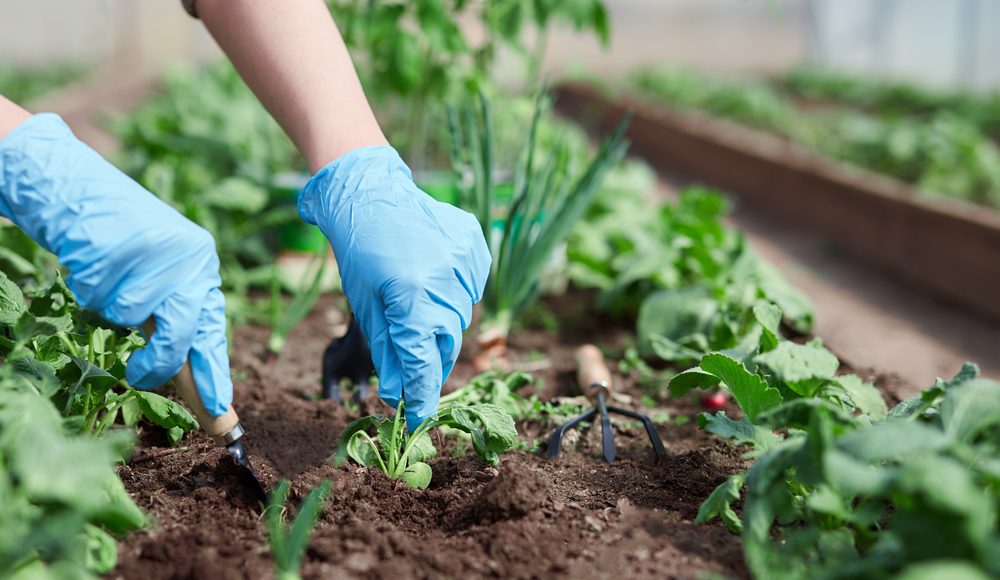

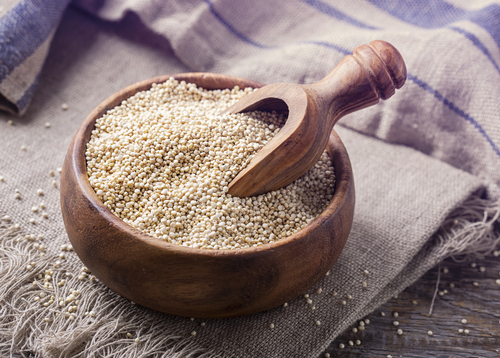
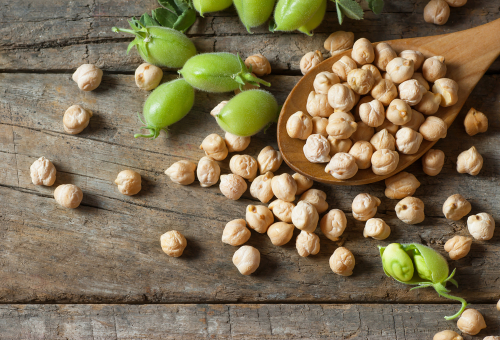
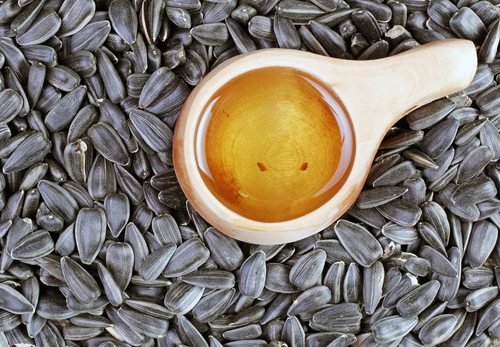
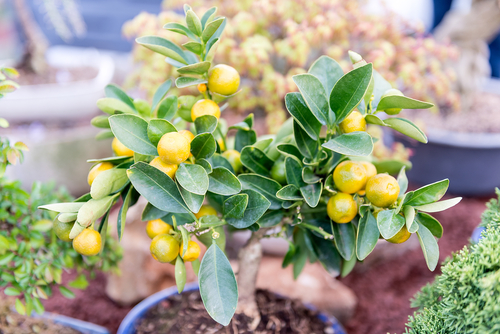
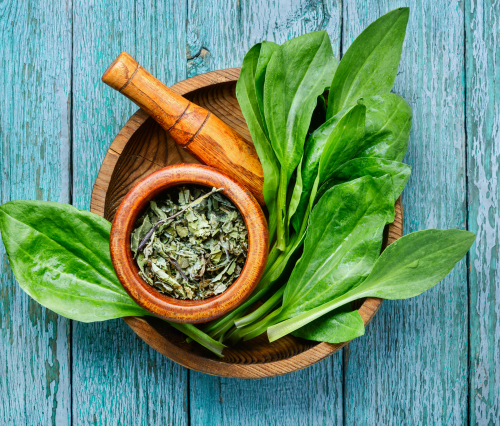
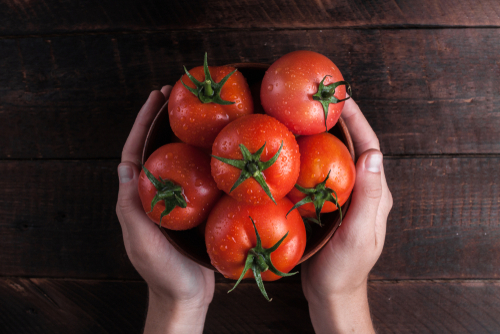
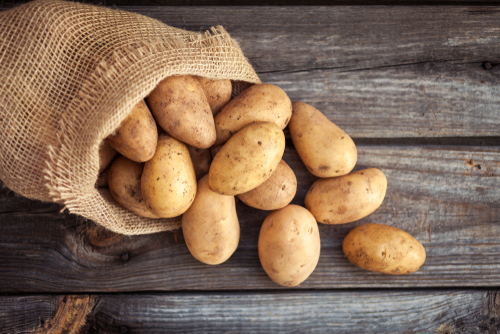
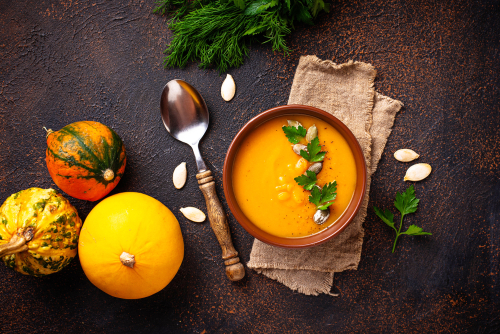
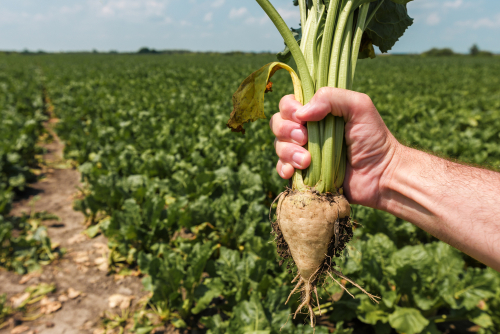

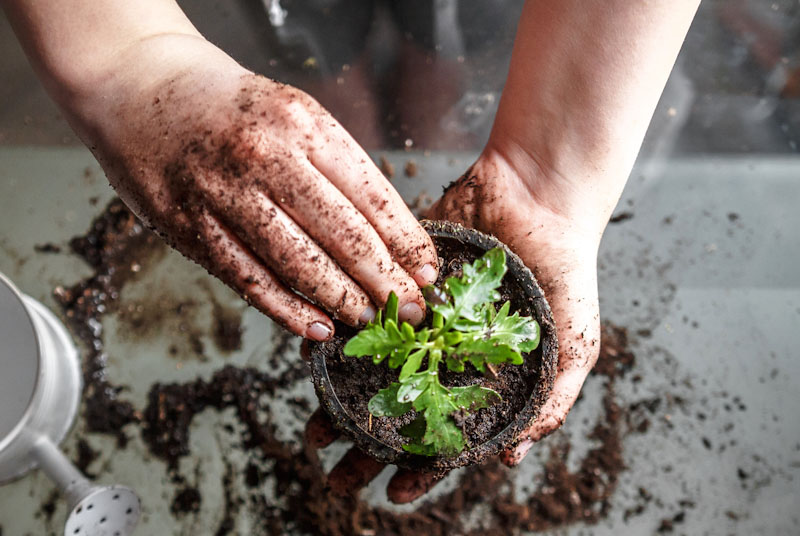
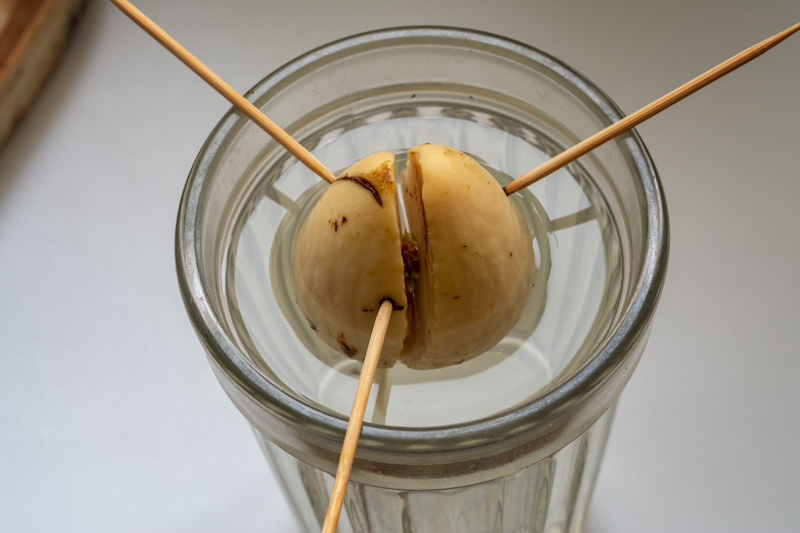
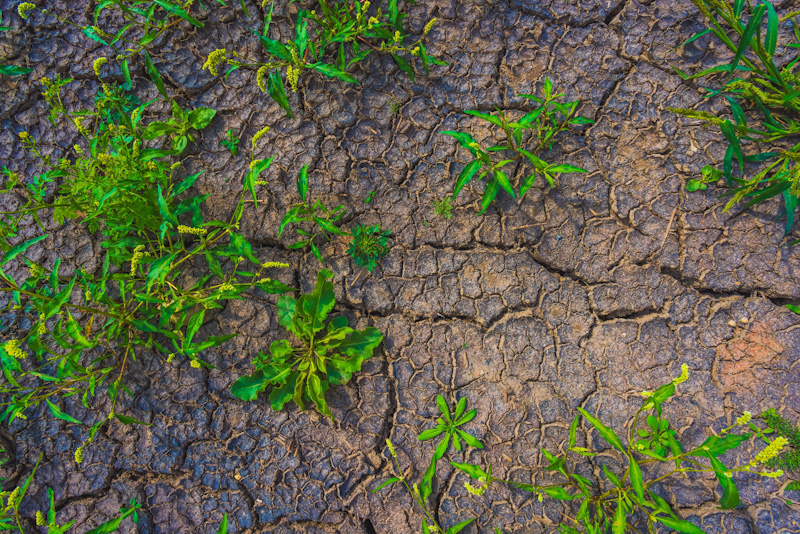
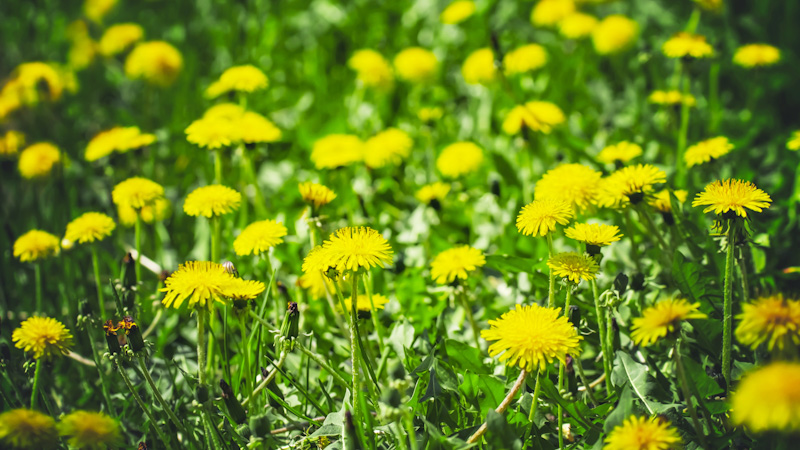


Bill In Idaho | July 3, 2020
|
Carmela, You are Right on Track – As usual. A very useful article, with lots of GOOD Info. Thank You. You might add Sweet Potatoes and Heirloom corn (flour type). But I like what you wrote and I Always keep a copy. Thanks for your work.
Judy Trout | October 30, 2020
|
I loved the information you provided,
I am considering online affiliate. Do you use affiliates?